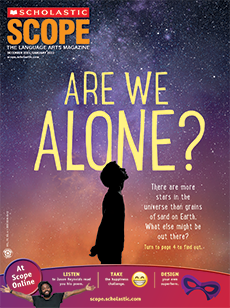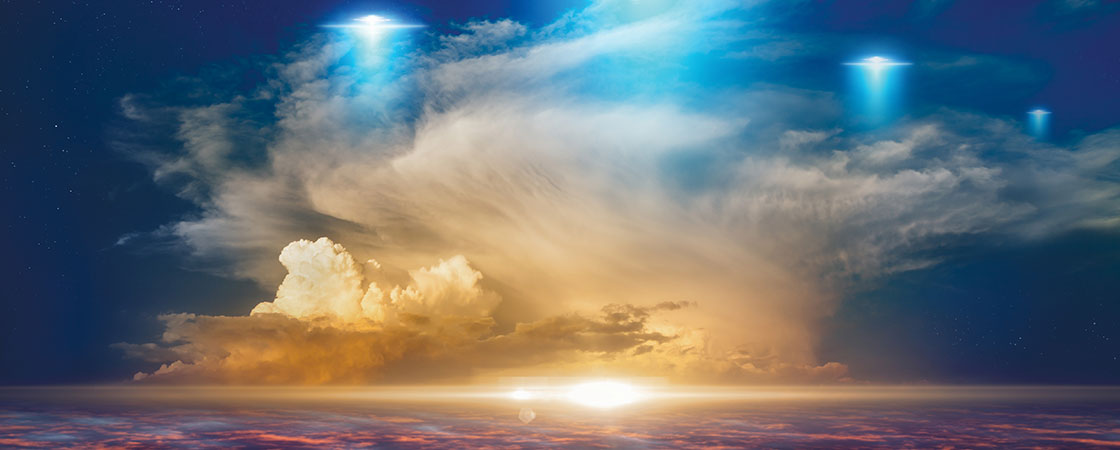It was a bright June day in 1947, and pilot Kenneth Arnold was flying over majestic mountains in Washington State. He was on his way to Oregon, but he decided to head off course to Mount Rainier. A military plane was thought to have crashed there, and a reward was being offered to the first person who located the wreckage.
Arnold never did find the downed plane. But he did find something else.
Something so extraordinary that it would forever alter the course of his life—and American history.
Something he would come to believe was not of this Earth.
That’s right.
We’re talking about aliens.
It was a bright June day in 1947. Pilot Kenneth Arnold was flying over mountains in Washington State. He was on his way to Oregon, but he decided to head off course to Mount Rainier. A military plane was thought to have crashed there, and a reward was being offered to the first person who located the wreckage.
Arnold never did find the downed plane. But he did find something else.
Something so extraordinary that it would forever change the course of his life—and American history.
Something he would come to believe was not of this Earth.
That’s right.
We’re talking about aliens.

